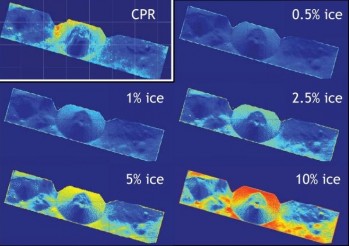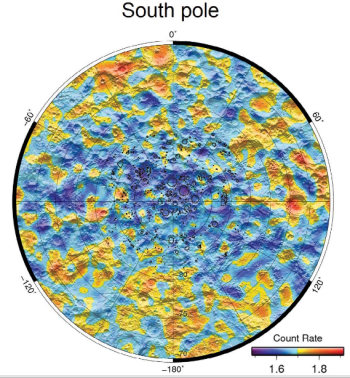The words of NASA’s chief: “NASA is not going to the Moon with a human as a primary project probably in my lifetime.”
The words of NASA’s chief: “NASA is not going to the Moon with a human as a primary project probably in my lifetime.”
He’s right. Instead, others will do it. And the ones who do it from the United States, privately financed for profit, will do it quickly, efficiently, and often, three things NASA has not been able to do at all since the 1960s.
The words of NASA’s chief: “NASA is not going to the Moon with a human as a primary project probably in my lifetime.”
He’s right. Instead, others will do it. And the ones who do it from the United States, privately financed for profit, will do it quickly, efficiently, and often, three things NASA has not been able to do at all since the 1960s.


